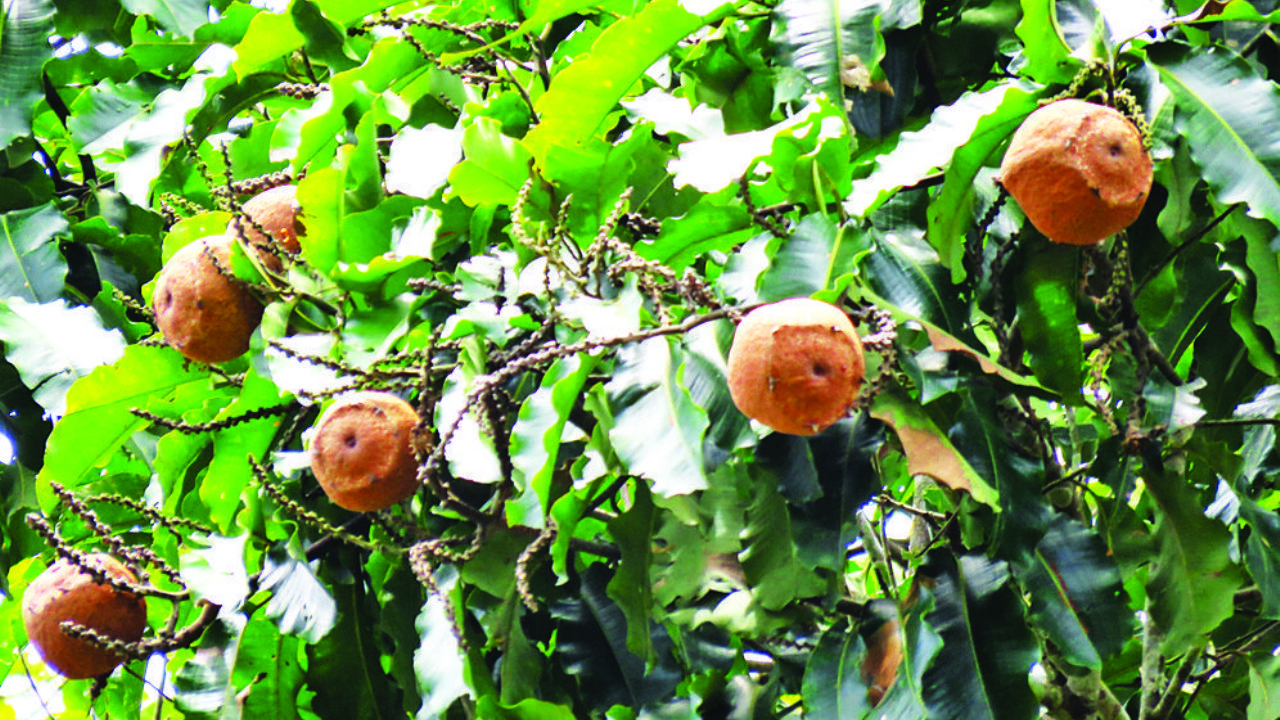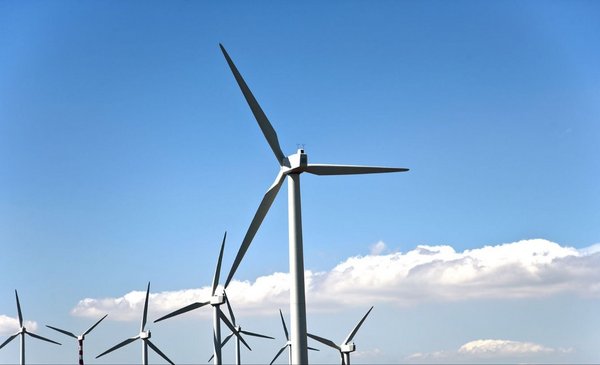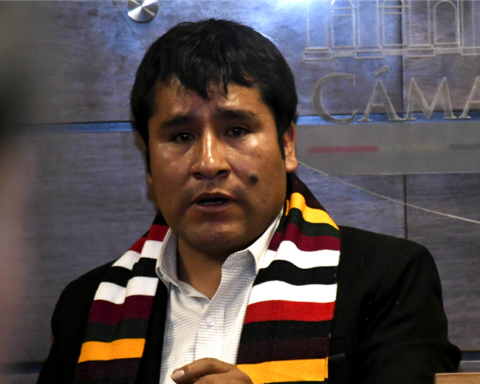Digital compass
Bolivia leads the production of Brazil nuts in the world with 21,033 tons for an estimated value of 128 million dollars, above Germany and Peru, nations that second the country as main cultivation centers, as reported by the Bolivian Institute of Foreign Trade ( IBCE).
Last year the country’s participation in world chestnut exports reached 50%, thus maintaining international leadership, said the business entity.
The Amazon chestnut is the fruit of the tree scientifically called Bertholletia excelsa, which is found in the wild and natural state in the Amazon forests of Bolivia, Brazil and Peru.
The chestnut tree exceeds 30 meters in height. The seeds or chestnuts are found inside the fruit or coconut that fall from these trees.
You can also read: Salteña evolves and now there are up to 12 delicious flavors
The Amazon region of the country has optimal natural conditions for the development of the chestnut tree and fruit.
Currently, the land dedicated to chestnut cultivation covers an area of 100,000 km2, equivalent to 10% of the country’s surface.
Pando, above all, is the department par excellence dedicated to chestnut production. Some provinces of Beni also share crops.
You can also read: They issue a decree to improve investment in exploration
The chestnut also constitutes the basis of the productive economy of northern Bolivia, currently generating 4,500 factory jobs, of which 75% are women.
The main markets for Brazil nut exports as of September were the Netherlands, the United States and Germany, according to the IBCE economic report.
According to the Bolivian commercial institute, chestnut exports reached their highest level in 2018, when the country exported 27 thousand tons worth more than 220 million dollars.








